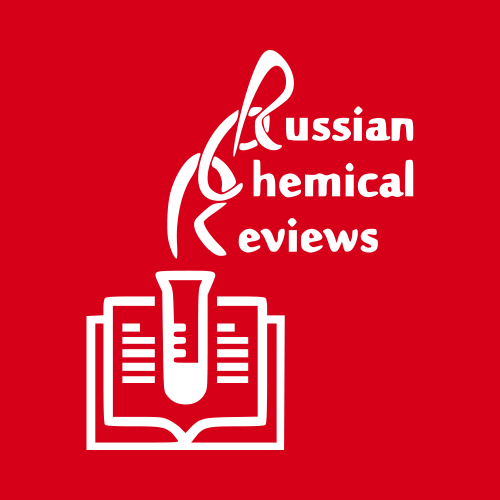Carboxylation of Alkenes and Alkynes Using CO2 as a Reagent: An Overview
:
CO2 fixation reactions are of paramount interest both from economical and environmental perspectives. As an abundant, non-toxic, and renewable C1 feedstock, CO2 can be utilized for the synthesis of fuels and commodity chemicals under elevated reaction conditions. The major challenge in the CO2 utilization reactions is its chemical inertness due to high thermodynamic stability and kinetic barrier. The carboxylation of unsaturated hydrocarbons with CO2 is an important transformation as it forms high-value reaction products having industrial as well as medicinal importance. This mini-review is mainly focused on the recent developments in the homogeneously and heterogeneously catalyzed carboxylation of alkenes and alkynes by using carbon dioxide as a reagent. We have highlighted various types of carboxylation reactions of alkenes and alkynes involving different catalytic systems, which comprise mainly C-H bond activation, hydrocarboxylation, carbocarboxylation, heterocarboxylation, and ring-closing carboxylation, including visible-light assisted synthesis processes. The mechanistic pathways of these carboxylation reactions have been described. Moreover, challenges and future perspectives of these carboxylation reactions are discussed.
Top-30
Journals
|
1
|
|
|
Journal of Fluorine Chemistry
1 publication, 16.67%
|
|
|
Organic and Biomolecular Chemistry
1 publication, 16.67%
|
|
|
Chinese Journal of Organic Chemistry
1 publication, 16.67%
|
|
|
Russian Chemical Reviews
1 publication, 16.67%
|
|
|
Nature Communications
1 publication, 16.67%
|
|
|
Catalysis Science and Technology
1 publication, 16.67%
|
|
|
1
|
Publishers
|
1
2
|
|
|
Royal Society of Chemistry (RSC)
2 publications, 33.33%
|
|
|
Elsevier
1 publication, 16.67%
|
|
|
Shanghai Institute of Organic Chemistry
1 publication, 16.67%
|
|
|
Autonomous Non-profit Organization Editorial Board of the journal Uspekhi Khimii
1 publication, 16.67%
|
|
|
Springer Nature
1 publication, 16.67%
|
|
|
1
2
|
- We do not take into account publications without a DOI.
- Statistics recalculated weekly.






